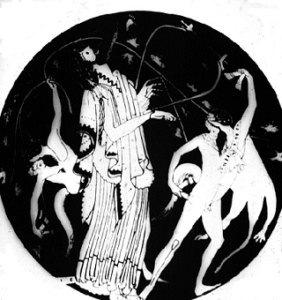
Phronesis and serenity
It is no coincidence that Gadamer adopts Phronesis as one of the key elements in his discourse on Truth and Method, incompletely translated as prudence, the term actually to be confused with “wisdom” practice of serenity, free translation.
in his discourse on Truth and Method, incompletely translated as prudence, the term actually to be confused with “wisdom” practice of serenity, free translation.
This is because in our view, Gadamer is a rehabilitator of practical philosophy, those who call for practicality, objectivity (sic! Idealist), are impractical for lack of wisdom, impulsive and active, typical of the society of fatigue.
In the Greek sense, ethics is added, but it is not a private knowledge in the moral sense, but public and social, which aims to minimize exacerbations of ego self-impulsiveness, when placed in a perspective of the work of art reaches a level of universal principle.
This includes the work of art because it was the excessive centralization in the self that reduced the relation of ethics to aesthetics, public amorality, slavery is not a new aesthetic, not even the negativity sometimes necessary to art, is its absence by lack of relationship with ethics and the training process.
Gadamer retrieves phronesis from Aristotle’s proposal in the Nicomachean Ethics, where he seeks to establish the articulation between the universal and the particular, still more between the individual and society, within historical forms of life, but with a common ethos.
One can thus establish a relationship with education, at a time when one talks about a school without a party, one has to think that there is another, without wanting neutrality because it will be an illusion, we explore in a post to follow.
We need to establish the relation of the phonesis with the techné and the episteme, which is the theoretical knowledge and know-how of techné, which is etymologically linked to art (τέχνη) and to crafts.
The harmony between the three forms of wisdom results in practical wisdom, praxis









